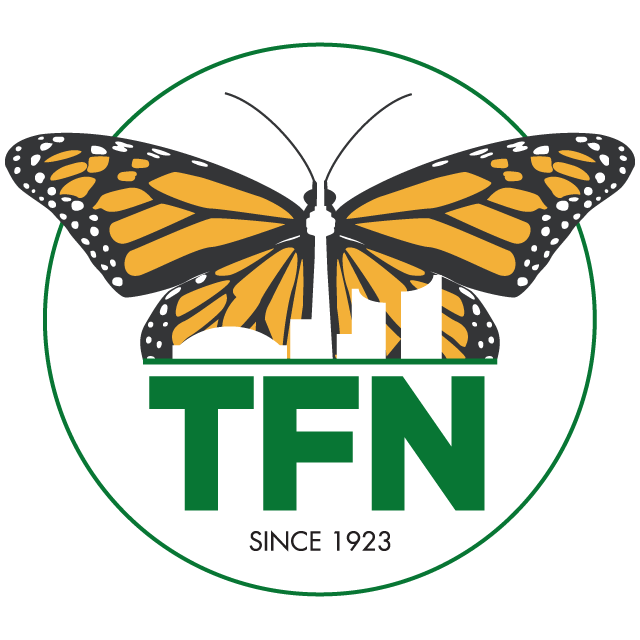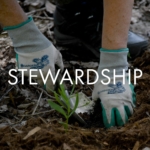Janet McKay describes LEAF’s Backyard Tree Planting Program. She is the founder of LEAF and explains why the program will help promote sustainability and address climate change.
Wendy teaches listeners about how the City of Toronto protects its ravines through the Toronto Ravine Strategy. She also mentions how the community can get involved and help take care of the ravines.
Cheryl talks about the pilot goat grazing project she lead for the city of Toronto. She explained the benefits of goat grazing, the goats' wellness and if the goats will be back for more projects.
Anne teaches listeners what makes a city "bird friendly," what the City of Toronto is doing to ensure this status and what listeners can do to help birds.
Susan teaches listeners about the importabnce of biodoversity in ravine areas. She mentions some ravines in the Toronto area and shares the projects and groups she's part of to take care of them. She also gives listeners some ways to get involved with similar projects.
Guinevere teaches listeners where the term "horticulutral therapy" comes from and what it means. She also talks about her experiences that led her to horticultural therapy, what it is, how it helps people and where listeners can get involved with horticultural therapy.
Amy and Jennifer talk about the Toronto Gone Wild Exhibit at the Museum of Toronto. They explain their research process for curating the exhibit and give their thoughts about wild animals in the city and initiatives that try to control invasive species.
Shaymaa talks about Green Ummah and how it incorporates faith into our role as carers of the planet. She describes how this goal is incorporated into classrooms, Green Ummah's partnership with Nature Canada, the programs and resources it offers, and how to get involved.
Allison teaches listeners about Downsview Park and all the free programs is has to offer its community. She also explains how these programs help engage people of all ages in urban nature and why that's important.
Mariko talks about the journey our water takes to get to us and the journey it takes after we use it. She also talks about her illustrated book about Toronto's water systems.
Lynn talks about the difference between native, non-native and invasive species. She focuses on the effects of invasive plant species and what we can do to stop their spread, avoid introducing them, and how to control them.
Javad is back as a coordinator and educator at CAMH Therapeutic Garden known as Sunshine Garden. He explains what CAMH is and how their gardening program helps patients with their mental health. Javad explains what the program is and what its goals are.
Francesca is back to talk about wildlife at the Ontario Place in the winter seasons. She tips the audience off about the hunt for a shy snowy owl! Francesca also gives an update about the land development plans at the Ontario Place and what people can do to help protect it.
Peter talks about his beekeeping company, Toronto Bee Rescue, and how he created it. He also teaches the audience about what he does as a full-tme beekeeper, modern beekeeping and how the public can help protect the bees.
Emily teaches listeners about resident birds are and emphasizes how special they are. She explains why not all birds migrate south for the winter and how resident birds must change and adapt to Toronto's four seasons.
David returns to talk about the avant garde practice of cooking, preparing and eating invasive species. He talks about what invasive species are, which ones he's tried and prepared himself, and which ones he's liked!
Danielle talks about the relationship between people with autism and nature and how she, as an autistic person, is trying to make space for her community and her passions.
Jonathan details a brief history of the Norway Maple tree's trip around the globe, and how it ended up in Canada. He talks about its decades-long popularity in Toronto and how it differs from native Canadian sugar maple trees.
Michael and Ben explain the Fatal Light Awareness Program (FLAP) Canada and how they seek to help birds stay safe from flying into buildings and windows. They describe how birds are harmed by architecture and glass windows, what FLAP Canada is doing to reduce the harm, and what homeowners and commer...
Dr. Michael McTavish returns to spread awareness about the increase in jumping worms in Ontario. He explains what makes them different from other worms, where they came from, their impacts on our ecosystems, and what listeners should do if they spot a jumping worm.











